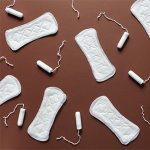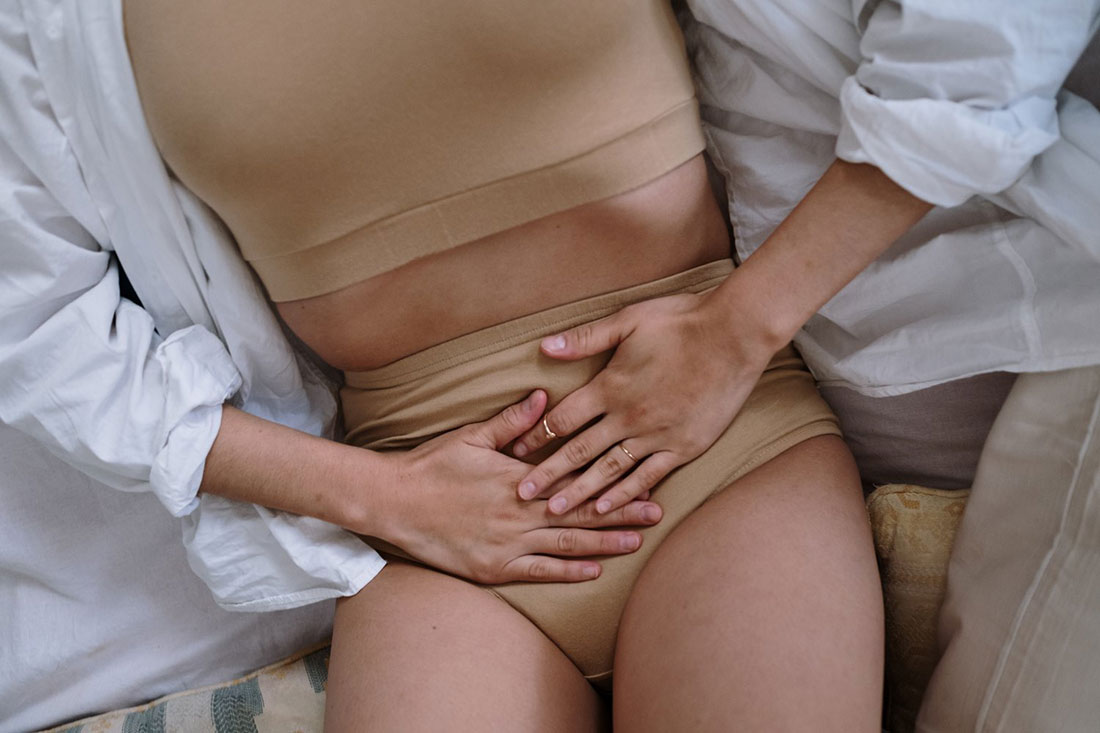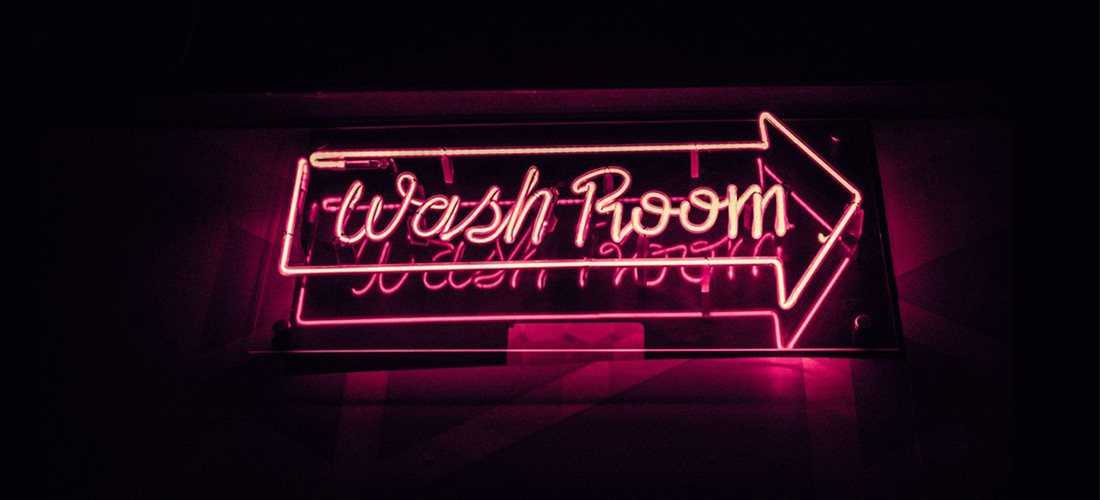Let’s get real: Climbing Kilimanjaro is a tough enough task without having to worry about keeping clean, especially “down there.” The trails are dusty and muddy and your only access to toilets will be in camp. There are no sinks or showers and the most you’ll get for cleaning up is (possibly) a daily bowl of warm water. So, how do you deal with feminine hygiene on Kilimanjaro? How’s a girl to stay fresh while hiking and camping?
General Hygiene
 First, I recommend bringing a package of large, biodegradable body wipes as well as face wipes. These can be used for wiping down any parts that got a little dusty and sweaty, like ankles, underboob, and pits.
First, I recommend bringing a package of large, biodegradable body wipes as well as face wipes. These can be used for wiping down any parts that got a little dusty and sweaty, like ankles, underboob, and pits.
Depending on who you climb with you may get a bowl of warm water each day when you arrive at camp. I used this in a multitude of ways. First, I’d use the water to wash my face only if it felt a little extra grimy. Otherwise, I would put a few drops of Dr. Bronner’s Castile Soap on a wipe or towel, wet it, scrub up the… dark places… and rinse with a small towel. (Sidenote: The peppermint-scented one adds a nice little tingle of freshness.) Since I only used the water on a towel to rinse it was still clean. When needed, I would then put a few drops of the soap in the water (or directly on items for a spot clean) and clean up any socks, shirts, or undies that needed a little refreshing and hang them outside my tent to dry.
One of the days I even managed to wet my hair, scrub my scalp with the Dr. B’s, and rinsed with the remaining water. It was SO nice to have cleanish hair, even for just a day.
When You Gotta Pee
On Kilimanjaro, you’ll be drinking at least 4-6 liters of water a day, plus tea and coffee. If you’re taking Diamox one side effect is sudden and frequent need to urinate. So you’re definitely going to have to pee while trekking. Eventually, you’re going to be really jealous of the men in your group who can just unzip and go while you have to find a sparse bush or boulder to attempt to squat behind. For this reason, I highly recommend a Shewee or similar urinal device. It allows you to unzip, place your Shewee, and do it like the boys. Writing your name in the dirt/snow is optional.
If you opt to do it the old-fashioned way be aware that there is often sparse coverage, but you’ll get over that pretty quickly. Bring along some TP (or biodegradable wipes if you’re really bougie) and store it somewhere you can access it quickly. Remember to practice Leave No Trace and pack out your TP in a plastic bag or “wag bag.”
But what if you have to go… NUMBER TWO?
First, I recommend renting a private toilet tent. Some companies provide these, but they’re often used by the whole group, whereas companies like Kilimanjaro Sunrise (who I climbed with) limit use to 1 toilet for every 4 people. The “long drop” toilets at camp are literally a hole in the ground that you squat over and they’re less than ideal in both cleanliness and smell. Be sure to use it before you set out from camp each day to minimize the need to go while you’re trekking.
When nature calls on the trail it’s inconvenient at best. Remember to do your business at least 200 ft. away from water sources and pack out any TP or wipes you use. Rain will wash away your waste, but the TP stays much longer and makes a mess of the beautiful mountain.
Be sure to watch out for spiny plants as they will make your trek a little less comfortable.
Hiking with Aunt Flo
 Doing anything while on your period is never fun, but it should never keep you from reaching your goals.
Doing anything while on your period is never fun, but it should never keep you from reaching your goals.
The attitude and strain of climbing Kilimanjaro can affect you in unexpected ways. Whether you’re expecting a visit from Aunt Flo on your climb or not you should be prepared for her visit. Since there are no stores or pharmacies on the mountain it’s best to bring enough supplies for the duration of your trip.
If you’re a classic pad and tampon girl it’s important to bring plastic bags to pack out your used supplies.
 If you’re fortunate enough to have normal or light periods, another option is a reusable menstrual cup, but make sure to test these before your trip as there’s a bit of a learning curve for correct sizing and placement.
If you’re fortunate enough to have normal or light periods, another option is a reusable menstrual cup, but make sure to test these before your trip as there’s a bit of a learning curve for correct sizing and placement.
The only trouble with menstrual cups is cleaning. I like to bring a latex glove for insertion and removal to keep my hands clean. They’re great because you can place them and forget about them for longer than tampons. Clean drinking water can be used for rinsing and wipes can be used for the rest.
CRAMPS!

If you get bad cramps your best friend is going to be those self-heating wraps that stick to your clothes. The warmth to your core is an added bonus! The only con is that, since they use oxygen to activate the heating process, they may be less effective at the
highest altitudes, even with vigorous shaking. Of course ibuprofen (Advil, Motrin) and naproxen (Aleve) are still good options to have on hand. Plus, they’ll help get rid of any altitude headaches you might get. Just let your guide know before you take any medication.
In Conclusion
Being on the mountain for so many days and keeping clean is challenging. This is especially difficult for women’s hygiene on Kilimanjaro. However, with some preparation and resourcefulness, it is possible to stay fresh and comfortable during the trek. Despite the challenges, with careful planning and the right supplies, women can overcome the hygiene and comfort obstacles associated with climbing Kilimanjaro. By staying prepared and mindful of the environment, women can focus on reaching their goals and enjoying the breathtaking journey to the summit.



